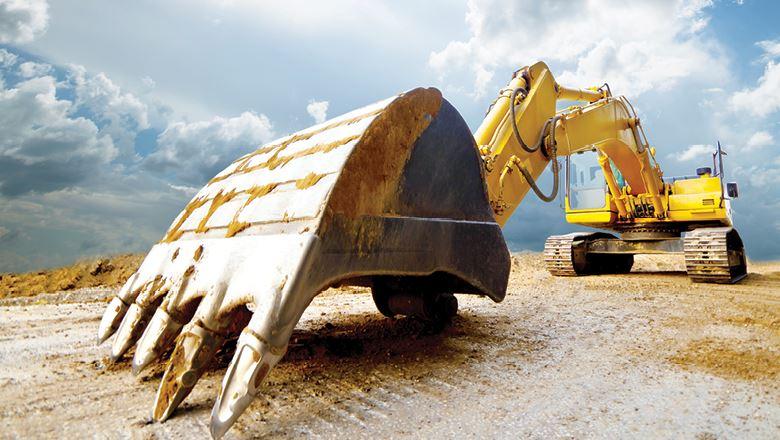Maria Mihalik
Maria Mihalik is newsletter and supplements editor of Associations Now in Washington, DC.
 Associations Now
Associations Now
A small association moved the big players in the construction equipment industry to adopt international data standards. The results gave a powerful boost to how the mighty machines are monitored, and how their managers move up the corporate ladder.
Heavy equipment managers—those who oversee and maintain fleets of bulldozers, dump trucks, and other construction equipment—are part of a massive industry that can almost literally move mountains. Yet for years, they felt powerless to effectively track the data that many of the machines in their mixed-manufacturer fleets generated so that their performance could be analyzed.
Ten years ago, a challenge to solve that problem fell at the feet of Stan Orr, FASAE, CAE, CEO of the tiny Association of Equipment Management Professionals. If AEMP succeeded, it would transform the heavy equipment industry.
Minicomputers onboard the equipment recorded dozens of variables, such as hours of use, fuel consumption, and idle time. This data, called telematics, could be leveraged by the fleet manager to optimize productivity, safety, maintenance, and compliance.
For too long, though, corralling the data was time-consuming and costly. Manufacturers’ proprietary telematics platforms often didn’t mesh with fleet software, so it fell to equipment managers to either collect the data by hand or paste it into a spreadsheet.
Cut to a 2008 industry exposition, where Orr was issued a challenge by manufacturing giant Komatsu’s telematics expert, Ken Calvert: Work with industry executives to come up with a standard data feed that everyone in AEMP’s “equipment triangle”—manufacturers, end users, and distributors—could easily use.
It would take nine years of collaboration with manufacturing executives and technology experts, end-user education, member surveying, and reassurance for the AEMP board, but Orr and his team succeeded. In November 2016, the International Standards Organization officially released ISO 15143-3, the world’s first international telematics standard for ground-engaging equipment.
Because the streamlined oversight helped fleet managers realize greater efficiency and cost savings, as well as capture even more data, the promised revolution was even greater than anyone anticipated.
Equipment managers had been seen as “frontline supervisors in a shop or lead technicians who took care of the equipment,” says Orr. But with telematics standards in place, the increased ROI the managers generated “caused a radical evolution of the profession.”
“It raised people’s salaries and importance in the company,” Orr says, eventually catapulting the role to the C-suite in many organizations. Areas of responsibility grew to include fuel futures, equipment finance, and risk management.
For spearheading the adoption of universal telematics standards and elevating the profile of the professionals it represents, AEMP earned a 2017 Power of A Summit Award.